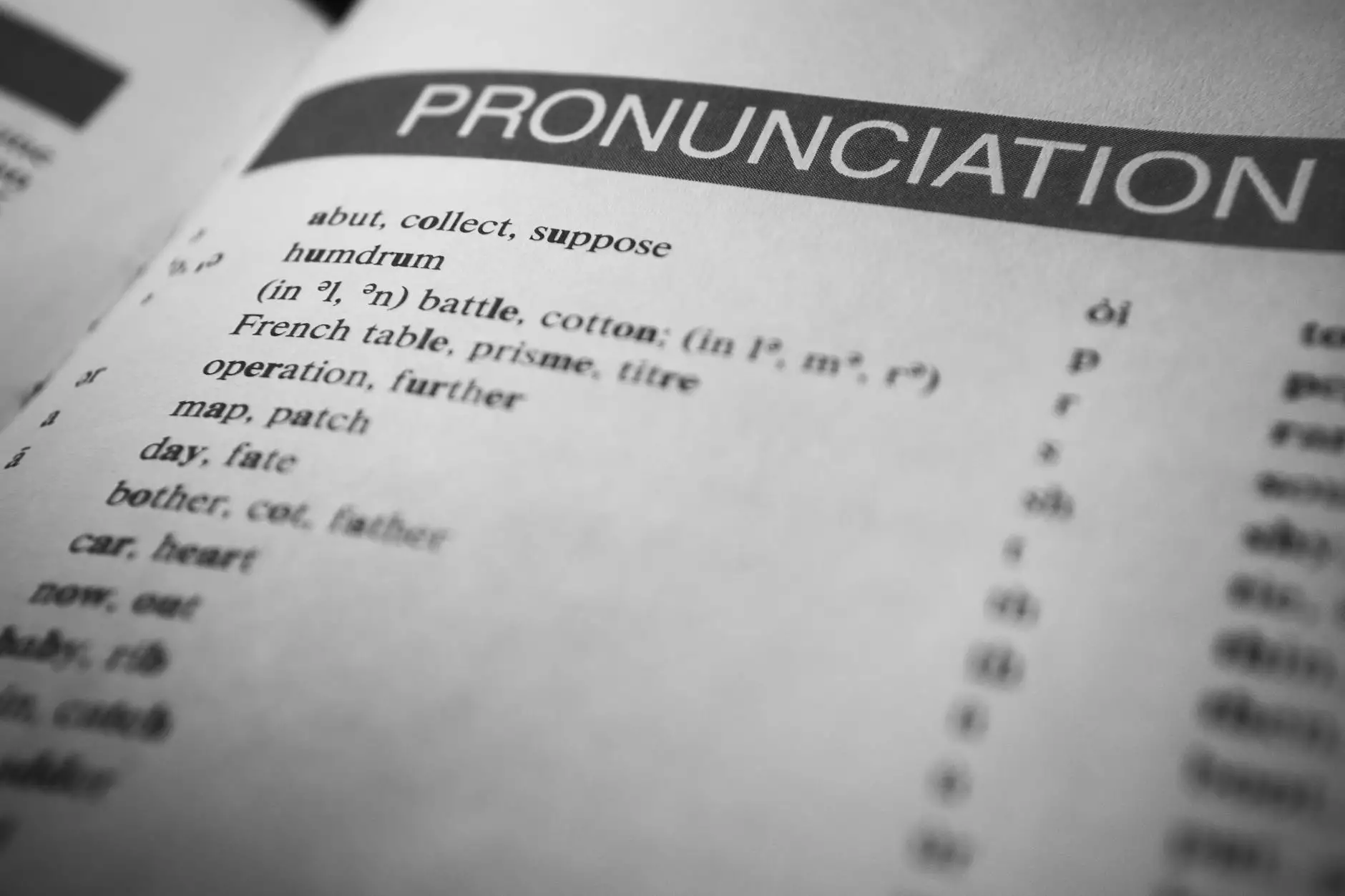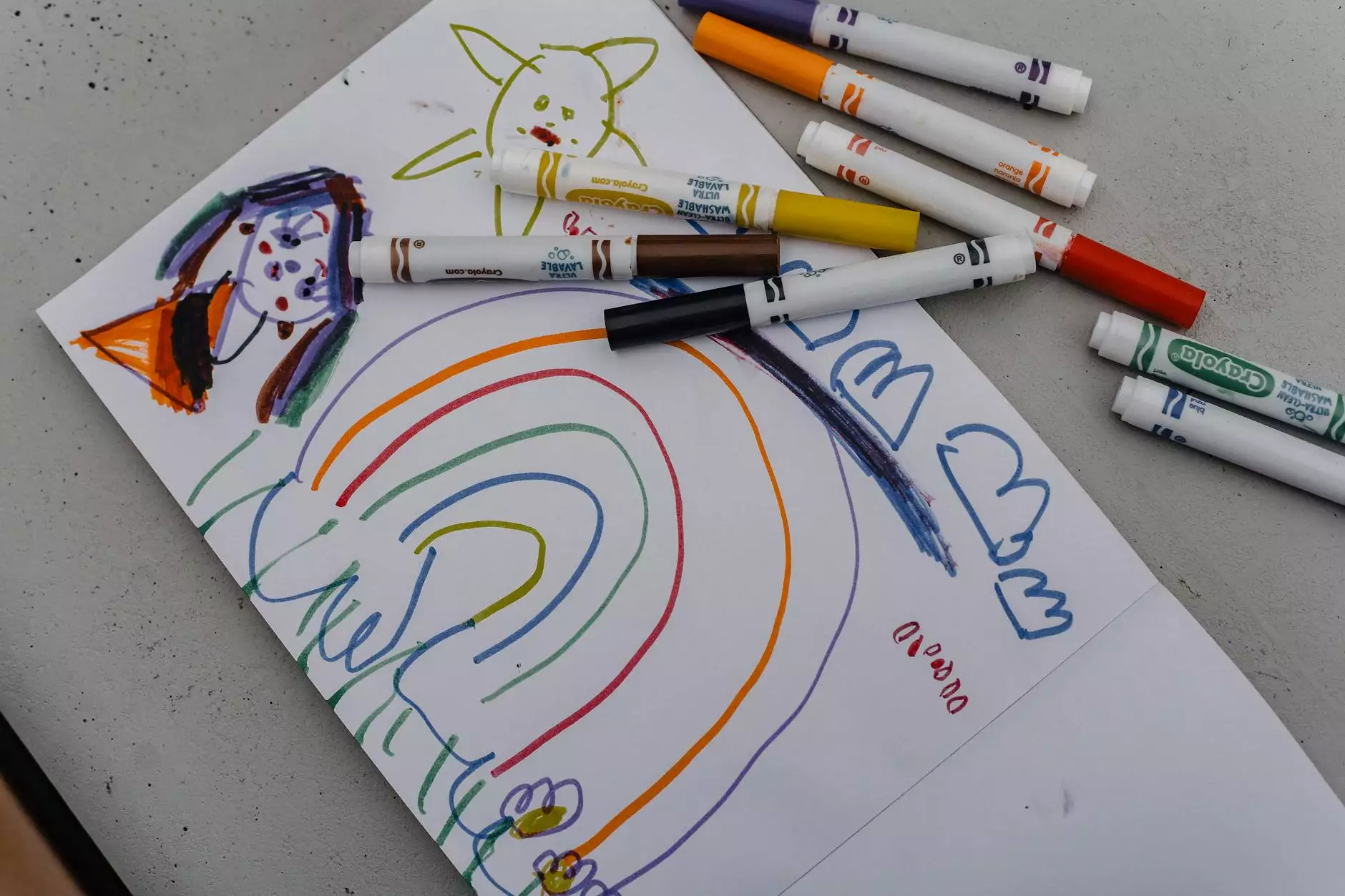Remember To Use The S Form Of The Verb
English Grammar Lessons
Introduction
Welcome to NJCLT, your go-to resource for free English lessons. In this lesson, we will explore the importance of using the third-person 's' form of the verb in English sentences. Understanding and correctly using this form is crucial for effective communication and proper grammar. Let's dive in!
What is the Third-Person 's' Form?
In English grammar, the third-person 's' form refers to the addition of an 's' or 'es' at the end of a verb when it is used to describe a singular noun or pronoun in the present tense.
Why is it Important?
Using the correct third-person 's' form is important because it helps to distinguish between different subjects and ensures subject-verb agreement. When we use the incorrect form, it can lead to confusion and make our sentences grammatically incorrect.
Examples of Incorrect Usage
Let's take a look at some examples to better understand how incorrect usage of the third-person 's' form can affect sentence structure and meaning:
- He go to the store. (Incorrect)
- She eat dinner. (Incorrect)
- The dog chase the ball. (Incorrect)
As you can see, using the incorrect form of the verb in these examples results in sentences that are grammatically incorrect. To correct these sentences, we need to use the correct third-person 's' form:
Examples of Correct Usage
Let's revise the previous examples to demonstrate the correct usage of the third-person 's' form:
- He goes to the store. (Correct)
- She eats dinner. (Correct)
- The dog chases the ball. (Correct)
How to Use the Third-Person 's' Form
Now that you understand the importance of using the third-person 's' form, let's discuss how to use it correctly:
1. Regular Verbs
For regular verbs, which make up the majority of English verbs, you simply add an 's' or 'es' to the base form of the verb:
- She reads books.
- He teaches English.
- The bird sings beautifully.
2. Verbs Ending in -s, -sh, -ch, -x, or -z
Verbs ending in -s, -sh, -ch, -x, or -z require the addition of 'es' instead of just 's':
- She washes the dishes.
- He fixes the car.
- The fox catches its prey.
3. Verbs Ending in -o
Verbs ending in -o usually require 'es' as well:
- He goes to work.
- She does her homework.
- The volcano erupts violently.
4. Irregular Verbs
Some verbs have irregular third-person forms and do not follow the regular rules:
- He has a nice car.
- She does her best in every situation.
- The child sleeps peacefully at night.
Practice Makes Perfect
To solidify your understanding of the third-person 's' form, it's essential to practice using it in various contexts. Here are a few exercises you can try:
- Write five sentences using regular verbs in the third-person 's' form.
- Identify and correct the incorrect sentences below:
- The cat sit on the mat.
- They run to the park every morning.
- We plays soccer on weekends.
Conclusion
Using the third-person 's' form correctly is a fundamental aspect of English grammar. It helps us convey our ideas accurately and ensures proper subject-verb agreement. By mastering this form, you can improve your overall language proficiency and communicate more effectively. Keep practicing, and soon it will become second nature!
About NJCLT
NJCLT (New Jersey Center for Language Teaching) is dedicated to providing high-quality English language lessons and resources for learners of all levels. Our aim is to empower individuals to become confident and proficient English speakers. Visit our website to access more free lessons and enhance your language skills today!










